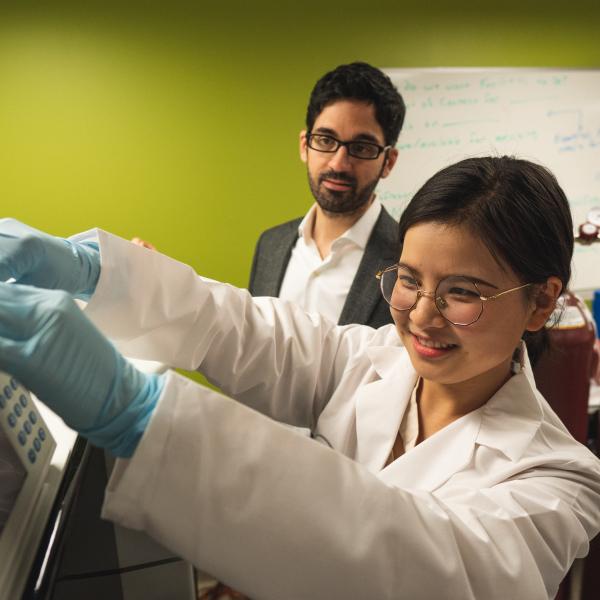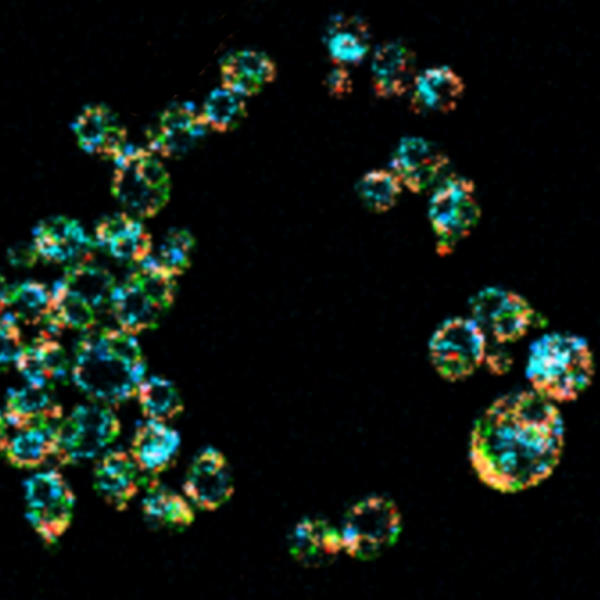Professor Patti's research is focused on metabolism. His laboratory's work spans three complementary themes.
Cancer Biology
Cancer cells have the capacity to proliferate uncontrollably. With each division cycle, a cell’s entire contents must be synthesized. The Patti laboratory studies how metabolism is adapted to support the anabolic demands of proliferation, with the ultimate goal of discovering therapeutics that target tumor growth.
Work from the Patti group has shown that oncogenic transformation not only alters the metabolism of the malignant cell, but that it also has the ability to rewire the metabolism of healthy cells throughout the host. In some cases, a single tumor can hijack the metabolism of a tissue on the other side of the organism for its own benefit. One of the Patti lab's major goals is to understand how and why this occurs. They speculate that tumors co-opt healthy cell metabolism to obtain metabolic precursors in support of proliferation. Accordingly, they wish to define which nutrients are exchanged between which cells and tissues. To this end, the Patti laboratory works with various cancer models including mice and zebrafish.
Technology Development
The Patti laboratory is motivated to develop new tools that provide insight into previously intractable biological questions. A primary interest is in advancing the fields of metabolomics, lipidomics, and exposomics. The Patti group seeks to leverage these approaches to perform population-level profiling of cohorts comprised of thousands of individuals and to integrate the results with other omics data such as transcriptomics, whole genome sequencing, ATAC-seq, and proteomics. Additionally, they leverage stable isotopes to assess metabolic fluxes and inter-tissue interactions. Beyond using established techniques, they are also developing new isotope-tracing methods to encode unique metabolic information such as cellular or organelle provenance. They complement LC/MS experiments with multiplexed imaging of transcripts, proteins, and metabolites. Using MALDI and DESI based approaches along with CODEX and spatial transcriptomics, the Patti laboratory aims to resolve metabolic processes within individual cells of tissues. A major goal is to advance single-cell metabolomics and isotope tracing.
Computational Biology
Metabolomics, lipidomics, and exposomics experiments generate large volumes of data. The rate-limiting step of interpretation is data processing. Currently, the biggest barrier is that the majority of peaks in a standard experiment do not correspond to unique biological molecules. Rather, they originate from contaminants, artifacts, and signal redundancies. The Patti laboratory is committed to establishing user-friendly software tools for complete annotation of datasets, particularly those signals without biological relevance. They leverage insights from their annotation results to improve upon data-acquisition strategies, often in close collaboration with instrument manufacturer companies.
To process isotopically labeled samples and compute metabolic fluxes, the Patti group develops additional tools. First, they assess labeling dynamics in products downstream of the tracer. They then input these results into mathematical models that they build on the basis of chemical transformations in metabolic pathway diagrams.





